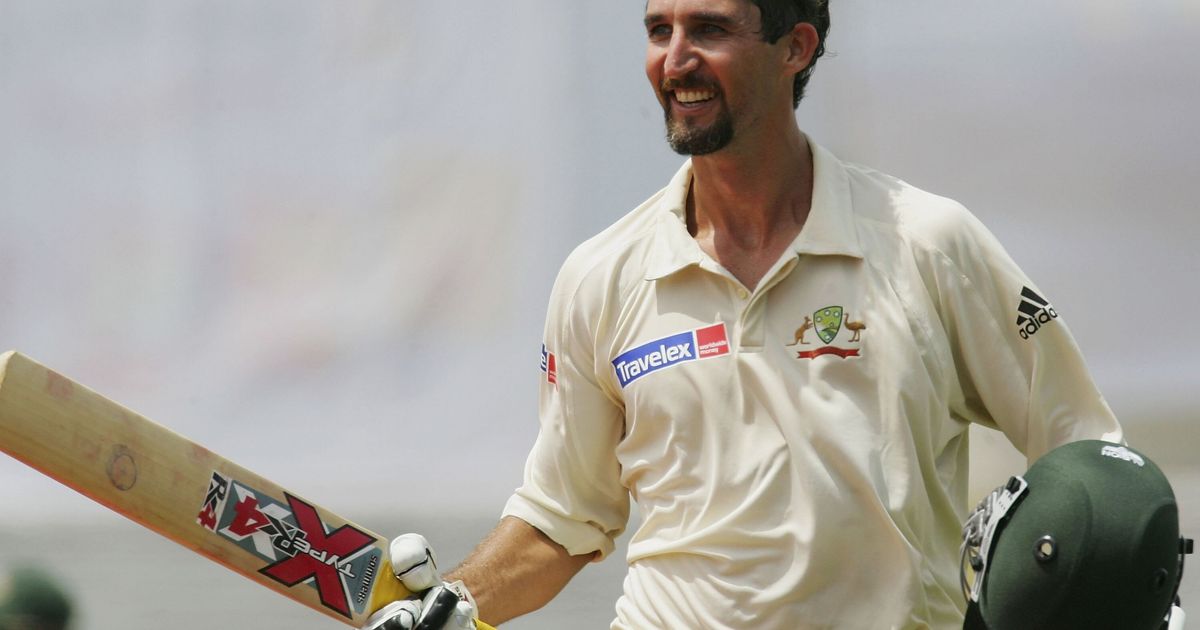Who are 'Nightwatchmen' and 'Tail-enders' in cricket
The terms ‘Nightwatchman’ and ‘Tail-ender’ belong to the funnier parts of the cricketing glossary. I mean, seriously, what are you supposed to interpret from these terms? Who is a nightwatchman? What exactly makes you a tail-ender? Well, today is the day to clarify all doubts.

“To me, cricket is a simple game. Keep it simple and just go out and play,” the words of the legendary Shane Warne. If you think about it, he is right. Cricket is an extremely fun yet simple sport to play. If you’re a batsman, all you need to do is ensure that you connect your willow with the ball and if you’re a bowler, all you need to do is attempt to get the batsman out. Quite simple, isn\t it? For the players, it might be, but unfortunately for the viewers, that might always not be the case. Cricket, arguably, has more technical terms than any other sport. You switch on the television and you’re bombarded with words like “Powerplay” and “Slog overs” and whatnot. While most of the terms are self-explanatory, figuring out a few weird ones can be quite challenging for someone new to the sport. They might sound so stupid that at the first instance, it might be quite hard to believe that it is a part of the actual glossary of the sport. Today, we are going to be looking at two such terms - Nightwatchman and Tail-ender. And, don’t worry, to make the explanation easier, I’m going to illustrate them with examples.
What/who is a Nightwatchman?
A nightwatchman is no one but a bowler who is sent in to bat up the order towards the end of the day’s play in a Test match, in order to protect the specialist batsmen. The captain is usually the person who decides when to send the nightwatchman in to bat. Generally, nightwatchmen are sent in to bat when a top-order wicket falls with 20 or so minutes left for the end of the day’s play.
In fact, let me make it crystal clear with an example. Let’s say that Team A is batting on 200-2 on Day 1, with just 7 overs left for the day to end. If the bowling team manage to pick a wicket in this situation, the batting team will send out a ‘nightwatchman’ in order to protect the specialist batsman who was originally designated to come in at No.5. But why are nightwatchmen sent it? The logic behind this is simple. At 200-3 with just 7 overs left, it absolutely makes no sense for the batting side to risk sending in a specialist batsman, given there is nothing productive that can be gained out of 7 overs. With the bowling team hunting for wickets, it is a lose-lose situation for the batting side. Thus, in order to control further damage, captains send nightwatchmen to fend off the tricky period.
What is the role of a nightwatchman?
Face as many balls as possible, shield the batsman at the other end with block, block and block. That is all the duty of a nightwatchman. A nightwatchman is not expected to score fifties or centuries. The primary duty of a nightwatchman is to absorb all the pressure thrown by the bowling team in order to protect the actual batsmen. And generally, captains tend to send bowlers who have a defensive mindset with the bat as the nightwatchman. As a nightwatchman, if you ensure that your team loses no more wickets until the close of day’s play, you have done an excellent job. But if you expose the batsman at the other end or succumb to the pressure exerted by the bowling team, then well, you, sir, have failed.
What are some great knocks played by nightwatchmen?
The greatest knock from the bat of a nightwatchman, hands down, is Jason Gillespie’s 201* against Bangladesh in 2006. Walking into bat towards the end of Day 1, the fast bowler remarkably batted on and on and on and on to post a double century. Over the course of the last few years, India’s Ishant Sharma, too, has made a name for himself as a solid nightwatchman, although he does not boast of a great CV like Gillespie. Recently, South Africa’s Anrich Nortje scored an astounding 136-ball 18 to almost salvage an improbable draw for South Africa on what was a spicy Port Elizabeth pitch.
Alright then, now that we’re done and dusted with nightwatchmen, let’s shift our focus to tail-enders.
What/who is a tail-ender?
A tail-ender refers to a bowler who bats way down the order and has a limited ability with the bat. Basically, what the term implies is that his presence in the middle means that the batting team’s innings is about to come to an end. (the team are on their way to get bowled out as he is incapable of posing threat to the bowling team). Wicket-keepers with extremely low batting skills are sometimes classified as tail-enders too, but in modern-day cricket, there is hardly any wicket-keeper who is not an able batsman. Generally, players who bat at positions No.9 and below are referred to as ‘the tail’ (a group of tail-enders).
What is the role of a tail-ender?
Unlike the nightwatchman, a tail-ender has no specified role. He can just basically go out there and either express himself or just frustrate the bowling team, as the captain’s expectations on him are zero.
What is the difference between a nightwatchman and a tail-ender?
Understand that a ‘tail-ender’ is someone who has been given that label purely because he bats down the order, while a ‘nightwatchman’ is someone who a) is somewhat capable of batting well and b) has a specified job at hand to do, which is to protect the top-order batsmen. While people have no expectations on a tail-ender - he can be defensive or aggressive and no one will care even if he scores a duck - a nightwatchman, on the other hand, is expected to maintain discipline and to do a job for his team. Basically, whatever a nightwatchman does is his duty, while whatever a tail-ender scores is considered as a bonus. Most importantly, understand that the same batsman can be a tail-ender and a nightwatchman in different matches - it purely depends on where the captain decides to use him.

Comments
Sign up or log in to your account to leave comments and reactions
0 Comments